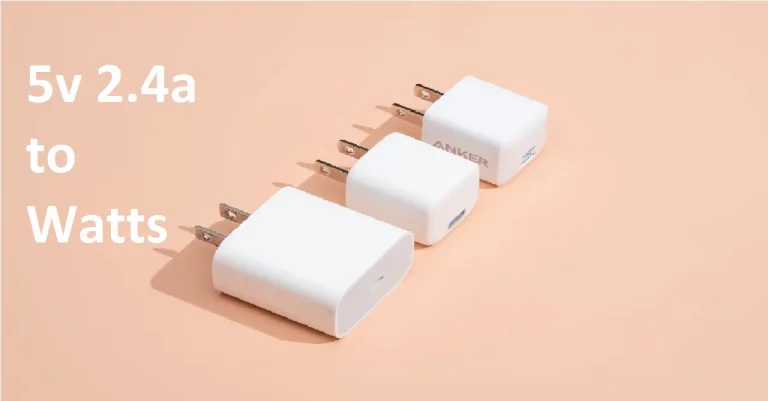What exactly is EMI? Definition of EMI and Frequently Asked Questions
EMI banking license is essential since they may be used to finance everything from a smartphone to a whole apartment. Some things you need to know about them are as follows.
Despite its obvious advantages, many individuals are unaware of the EMI payment option. It is quite unexpected given that EMIs have existed for years and are aggressively promoted by banking institutions. This essay will assist you in comprehending the extensive idea of EMIs.
What are EMIs?
An equated monthly installment (EMI) is a predetermined monthly payment made by a borrower to a creditor on a certain date each month. Each monthly payment applies to both interest and principle, and the loan is repaid in full over a period of years.
Now that we understand the concept of an EMI, let’s explore more into its operation more.
How does an EMI work?
Now that we understand what an EMI is, let’s examine how it operates. Unlike EMIs, flexible payment plans allow the borrower to pay additional amounts at his or her discretion. Typically, borrowers on EMI programs are only permitted to make one monthly payment. Borrowers benefit from an EMI because they know precisely how much they must pay toward their loan each month, which facilitates personal financial planning. The loan interest offers a constant and predictable source of revenue for the lender.
What does EMI refer to?
EMI is an acronym for equal monthly installments. It refers to recurring payments made to settle an outstanding debt within a certain time limit. As the name indicates, the amount of each installment is constant.
How is EMI determined?
There are two methods available for calculating EMI. These procedures are:
- The flat rate technique
When a loan is gradually repaid, each interest charge is calculated using the initial principle amount using the flat rate technique. The EMI is calculated by adding the whole loan principle plus interest to the principal, then dividing the sum by the number of EMI payments, which is the loan period. On personal loans and vehicle loans, the flat-rate technique is common. Due to the fact that interest payments must cover the whole principle amount, the effective interest rate is greater than with the reducing-balance plan.
The borrower makes monthly payments to the lender for a number of years in order to pay off the debt. EMIs are particularly useful for loans such as mortgages, auto loans, and student loans.
- The approach to decreasing balance
Unlike the flat rate approach, the declining balance strategy sets the interest payment based on the outstanding principle. It indicates that the interest and primary components of each EMI are variable. As a fraction of the outstanding loan balance, interest payments comprise a bigger share of the EMI at the start of the loan period. As the loan is repaid, the interest amount reduces and a greater percentage of payments are applied to the principle. The approach of lowering debt is often applied to mortgages, credit cards, and overdraft services.
How is a credit card’s EMI deducted?
When you use a credit card with an EMI option (one that does not need payment in full each month) to make a purchase, the whole amount is debited from your available credit limit. EMIs on credit cards function similarly to mortgages or personal loans. Each month, you must repay the principal and interest, gradually lowering your debt until it is repaid in full. The lowering balance method is used to reduce EMI from a credit card’s available balance.
Are EMIs bad?
EMI is neither good nor bad, although it does provide certain benefits. The categorization of debt into set monthly payments helps debtors in planning and keeping track of outstanding obligations. They are aware of how much they owe and how long it will take to totally repay it. Obtaining finance from the appropriate institutions is crucial.
If you want an EMI facility, consult a reputable financial institution such as Fintech Harbor. The company will help you quickly obtain an EMR license, as well as register your company in the commercial register UK.







